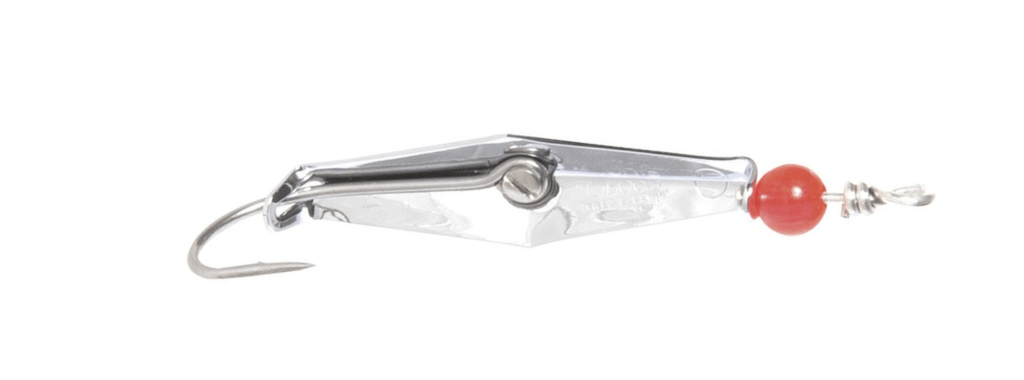Spanish mackerel is a powerful and exciting species to catch. They make for great family fishing fun. Take the kids along so they can enjoy the challenge of landing one of these aggressive fish. Keep an eye out for diving birds and a boiling surface. These are obvious signs that these predators are on the hunt. Below, I’m going to cover all the tips, tricks, and the know-how you’ll need to catch more spanish mackerel. I’ll even share some quick recipes to ensure your spanish mackerel tastes great on the dinner plate. So keep reading to learn more about how to catch spanish mackerel. Spanish mackerels are easy to identify because of their distinguishing physical characteristics. They have a silver belly, bluish back, and oval spots on their sides. Spanish mackerels have sharp teeth with elongated bodies. Their average lifespan is three to five years, and they weigh around 1.4 kilograms. These fish can grow up to 66 centimeters in length and can reproduce by the age two. Spanish mackerel are common in the Atlantic Ocean near the north shore of Florida, south to Brazil, and north to Spain. Florida’s rivers and bays are home to keen anglers who pursue spanish mackerel. These species are the most prevalent nearshore, where shallow water is present. In the Atlantic Ocean and the Gulf of Mexico, you can drift in the open waters. Due to the large area that must be covered, it can be less effective than it is in inshore waters. So drifting over structures such as wrecks and artificial reefs works best when learning how to catch spanish mackerel. Nothing is more exciting than watching spanish mackerel feed on the surface! Anything flashy and fast-moving is likely to attract attention. If you are a fan of live bait, you can try hooks baited with baitfish or shrimp. Find diving birds and a boiling surface and you’ll find spanish mackerel ready to strike. Structure attracts spanish mackerel like many other species. The top spots for spanish mackerel fishing in Florida’s open waters are artificial reefs, wrecks, and ledges. These fish can be caught by anchoring up current around the structure and chumming, then drifting live and cut baits back to the structure. Catching spanish mackerel on fly tackle can be great fun. Their visual nature and aggressive behavior make them an excellent target for fly fishing. Even a small fish can put an impressive bend in a light fly rod. Winter is the best time in Florida to target spanish mackerel with fly tackle with anglers using an 8wt or 9wt fly rod to target smaller fish. Larger mackerel will need a quality reel with a sound drag system. For fishing near the surface, floating lines are the best choice when considering how to catch spanish mackerel. Trolling is the best method for catching spanish mackerel. In its simplest form, it involves the boat towing lures in search of fish. Spanish mackerel prefer a fast-moving bait with flash. Try trolling spoons to search a large area of water. Trolling spoons are effective when there are no mackerel visible at surface level or when the action at the surface is irregular. Use diving plugs to target spanish mackerel when they are a bit deeper below the surface. Plugs that descend to a depth of seven or eight feet are often most effective. Using a trolling sinker is another option. There are many designs available; the torpedo shape is the most popular. They are available in various weights, allowing you to adapt to conditions. With trolling sinkers, both conventional and spinning tackles are suitable. You can use the same spinning gear for inshore fishing if you use lighter sinkers for spanish mackerel of average size. If you target large spanish mackerel, a lighter conventional tackle is better. As soon as the boat is in gear and moving at idle speed, the spoon is cast, followed by the trolling sinker. You then release the line behind the boat. You can lower lures deep into the water with a planer. As with diving plugs, they dig into the water when pulled behind a boat. The planer has a sliding ring that allows it to ‘trip’ when a fish strikes it. With this method, anglers are free from distractions caused by the drag caused by the planer. The size of the planers varies. The number one diver dives to five to seven feet, and the number two dives from twelve to fifteen feet. In the same way, as with trolling sinkers, you need long leaders from the spoon to the planer. At least 20 feet is best. In general, a longer leader results in better spoon action. Chumming to catch spanish mackerel involves releasing frozen or live bait into the water to attract fish. The practice of chumming is widespread in Florida across a variety of species. There are two basic types of chum: frozen and live. Anglers find that frozen chum is the easiest to use. They are made from ground-up oily baitfish like sardines or menhaden. A mesh bag holds the blocks of chum, which are tied to the boat’s starter. During the thawing of the block, the chum will spread out behind the boat. You can boost the flow of chum by shaking the bag. While spanish mackerel are commonly targeted from boats in open water they are also possible to target from the shore. Piers, jetties, and beaches are all areas you can find spanish mackerel. Try these locations at sunrise as the fish are more likely to be feeding in the shallows at first light. For beaches and jetties, you’ll need to be casting lures such as spoons, jigs, or plugs. From a pier, you’ll be able to access deeper water and so you can give live baits a go as well. Try free lining them or fishing them under afloat. Bubble rigs or straw rigs are commonly used when targeting Spanish mackerel from piers or jetties. These rigs are inexpensive and you can easily make them yourself. Not only does the straw work to attract the fish but protects the leader where it attaches to the hook. The minimum catch size is 12 inches and you can take a 15 per day or trip. Although regulations do vary by location so make sure you check out the rules in your area before heading out on the water. Spanish mackerel spawn along the Atlantic Coast from April to September. The fish return to southern waters when the northern Atlantic coast begins to cool. Spanish mackerel are abundant throughout Florida’s inshore and coastal waters throughout the year. Fall and Spring are the top times to fish for them. Spanish mackerel is a hard-fighting fish that put up a great fight on light tackle. The Atlantic Spanish Mackerel resides throughout the entire Gulf of Mexico as a migratory species. These fish migrate up to Cape Cod as well. These schooling fish prefer relatively shallow water. They are opportunistic feeders, but their primary prey is small baitfish. So, they are ideal candidates for anglers who prefer to lure them with artificial lures and flies. The spanish mackerel is an aggressive feeder. These fish feed in clear water and use their razor-sharp teeth to kill or wound their prey. Once they have finished eating, they come back to clean up the scraps. For this reason, fast-moving, flashy lures are the most effective lures to use when learning how to catch spanish mackerel. Use a high-speed reel so you can retrieve lures quickly to entice a bite. You’ll want a reel that can hold 200 yards of line so 2500-5000 sized reels are a good choice When it comes to spanish mackerel fishing, most anglers prefer spinning gear ranging from 6 1/2 feet to 7 feet. You’ll need to make fairly long casts so a braided line or monofilament of 10 lb is ideal. Be sure to use a leader as mackerel have very sharp teeth and will tear your line easily. So a 30-pound monofilament leader is a good option. How to catch spanish mackerel – pro tip: make sure your lure is shiny but your swivel is not. You don’t want spanish mackerel attacking your swivel and cutting you off. Using a matte black swivel is a must. Also, remember to pack a hook removal tool or some pliers. As I’ve mentioned before their teeth are razor sharp so you don’t want your fingers going anywhere near their teeth. The Rapala X-Rap Saltwater Lure is a top spanish mackerel fishing lure. Spanish mackerel feed on smaller herring, sardines, and glass minnows. These lures closely resemble these small baitfish so work particularly well. Don’t forget your leader though because these lures are a bit too pricey to be falling victim to the mackerel’s very sharp teeth. You can also use a light wire trace above the lure to protect against bust offs if you are really worried about losing your favorite lure. Fishing for spanish mackerel with Clarkspoon Trolling Spoons is extremely effective. Their wiggles are tight, and they are slender. To troll Clark spoons, you need to run at speeds as fast as ten knots. There are many sizes of Clark spoons to suit the local forage. You lower each spoon into a water column with a trolling weight or planer. Clark spoons work well with a #1 planer and a 20-foot long fluorocarbon leader. Bass Assassin Sea Shad baits work on just about every species of saltwater fish, including spanish mackerel. They are effective for casting into bait schools and for breaking fish. Baits of this kind are extremely cheap. There are several colors available and the most productive of all is the glow/chartreuse. Most anglers use 1/4 oz. to 1/2 oz. jig heads, though larger heads can be used if depth or current dictate. The Gotcha lure is known for its effectiveness at catching spanish mackerel. Beach and pier anglers are avid users. Besides casting a mile, Gotcha lures have a lot of flashes and they hook up well with treble hooks. Gotcha lures have a chrome finish, and they are easy to use. Just cast out, and then retrieve aggressively after sinking. By flashing and rolling, the bait will attract spanish mackerel. Want to learn more about the best lures to catch spanish mackerel? Check out our other article Best Spanish Mackerel Lures. You have learned about how to catch spanish mackerel. Now it’s time to learn about how to prepare it. So what does spanish mackerel taste like? Excellent when prepared right. Spanish mackerel are easy to clean and make fine fillets. Recipes for preparing these species abound, and many anglers like to smoke these fish. They can be a bit oily, but if prepared right, they can be quite tasty. Among table fares, spanish mackerel often gets a bad rap. Yet, they are delicate and healthy fish to consume due to their omega-3 fatty acid content. Spanish mackerel taste great when prepared correctly. It is important to ice down fish that will be for dinner and eat it the following day. These fish do not freeze or keep well. Cooking options that make spanish mackerel taste great include grilling, baking, broiling, poaching, boiling, and smoking. Personally, I think you should avoid frying spanish mackerel because of its oily nature but some anglers like it fried as well. A mackerel is a perfect grilling fish since it’s naturally oily and won’t dry out as it would with other fish. Fillets are usually kept intact by leaving the skin on. Grilled fillets are placed on the rack or in a grill pan, skin side down. They usually take 6 to 8 minutes to cook on a hot grill. Baking spanish mackerel is a very simple way to prepare fish. The skin side of the fillets is laid down on a baking sheet. A layer of tire breadcrumbs is then applied. Lemon slices are optional. In the oven, fish should be baked at a temperature of 450°F. The fillets will be done between 6 and 10 minutes, depending on their thickness. Broiling is easy and makes spanish mackerel taste delicious. After the fish is seasoned to taste with oil, the skin-side of the fillets is laid down on the pan. A variety of custom or commercially prepared seasoning mixes works well, as do salt and pepper. A hot broiler should be sufficient for 6 to 10 minutes. Cooking spanish mackerel by poaching is also an easy and simple method. Poaching spanish mackerel fillets in spaghetti sauce works extremely well. Keep the fillets together by leaving the skin on. Similarly, fish and tomato sauce absorb some flavor from each other. The dish is excellent served with a side of pasta. You need to brine spanish mackerel fillets before they are smoked. Submerge your fillets in your brine solution for a least thirty minutes. Remove and let dry before adding to your smoker. Don’t add wet fillets to your smoker. Spanish mackerel are strong fighting fish and underrated table fish. When prepared correctly spanish mackerel taste delicious. Now that you’re armed with our fishing tips on how to catch spanish mackerel. You’ll be landing a sizable specimen in no time. Don’t forget to check out our other article Best Spanish Mackerel Lures if you’d like to grab yourself a top lure to catch some spanish mackerel. I hope this article has improved your spanish mackerel know-how, and I’d love to hear how you get on.About Spanish Mackerel
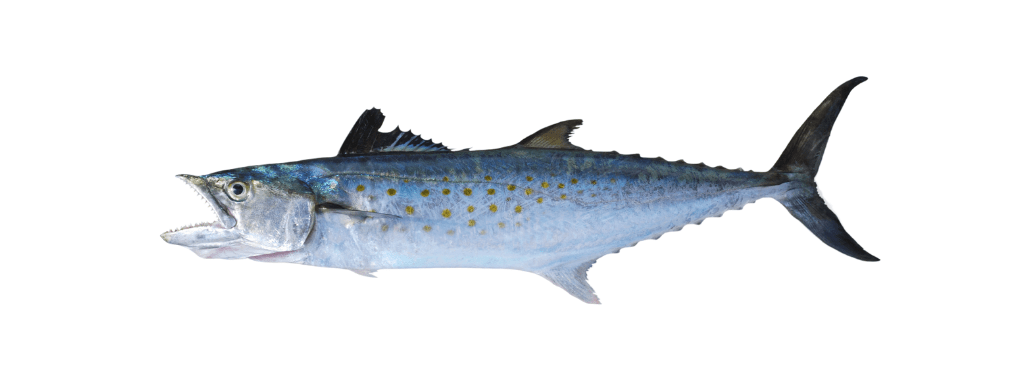
How to Catch Spanish Mackerel
Drift fishing
Surface action
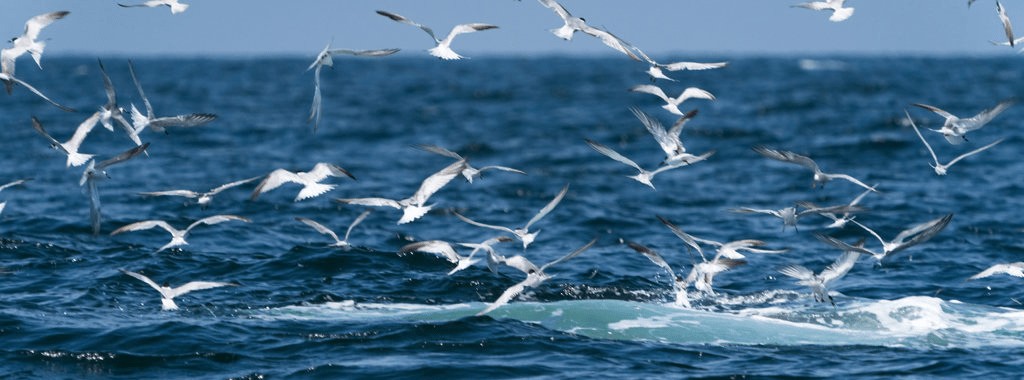
Structure fishing
Fly fishing
Trolling
Trolling sinkers
Trolling with planers
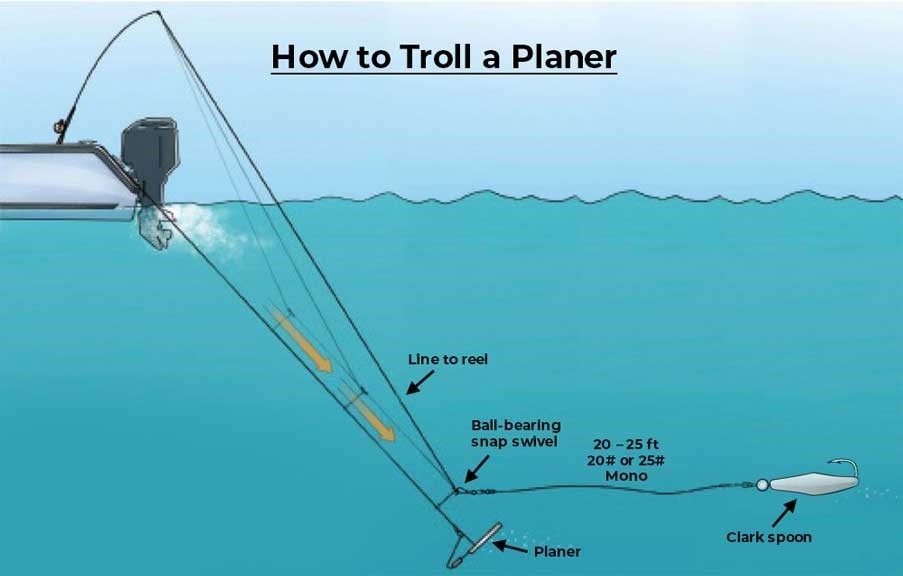
Chumming
Pier Fishing
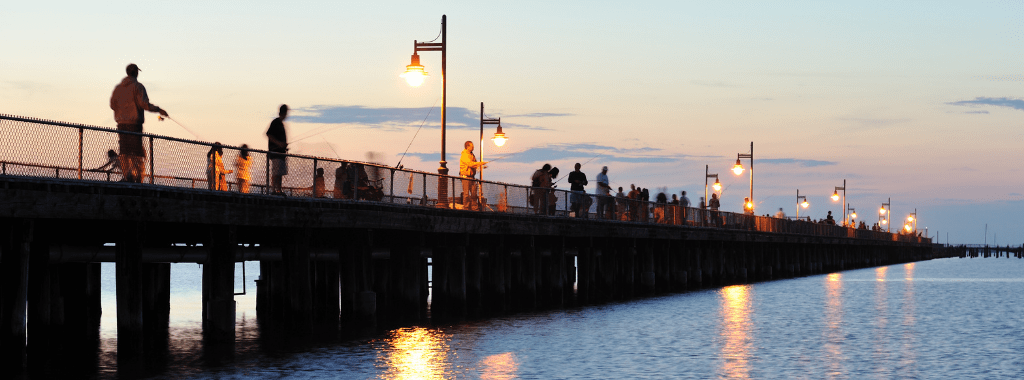
Regulations
When to Catch Spanish Mackerel
Gear to Catch Spanish Mackerel
Rapala X-Rap Fishing Lures

Clarkspoon Trolling Spoons Lures
Bass Assassin Sea Shad Baits
Gotcha lure
How to Prepare Your Catch
Grilled
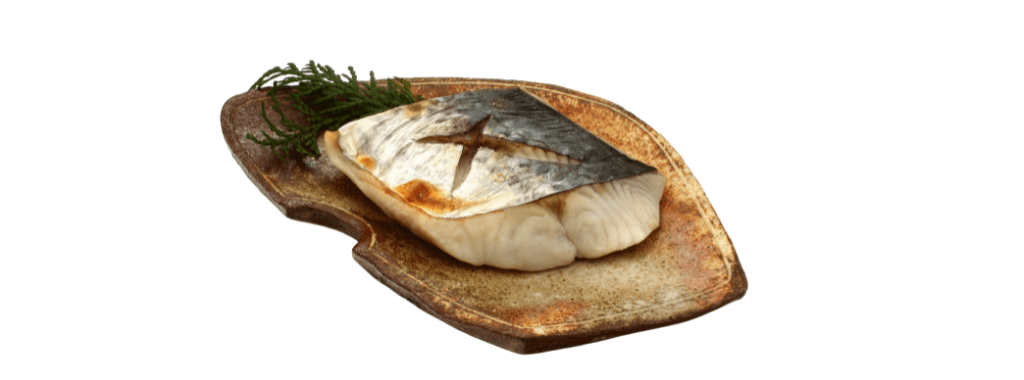
Baked
Broiled
Poached
Smoked
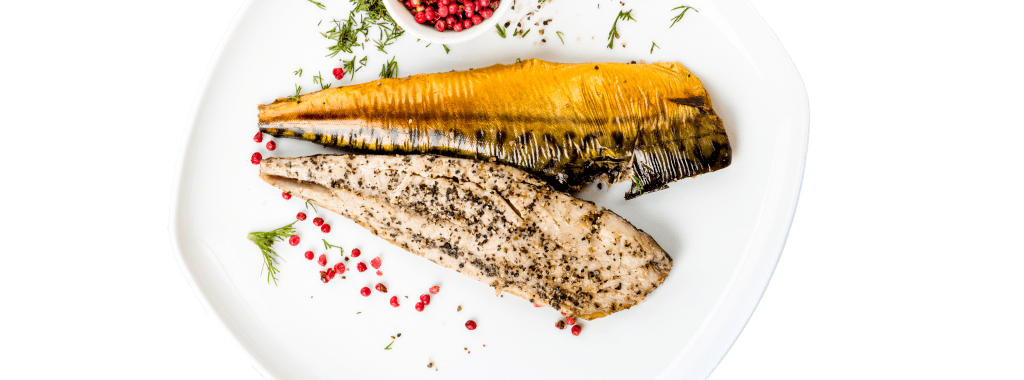
Final Thoughts


